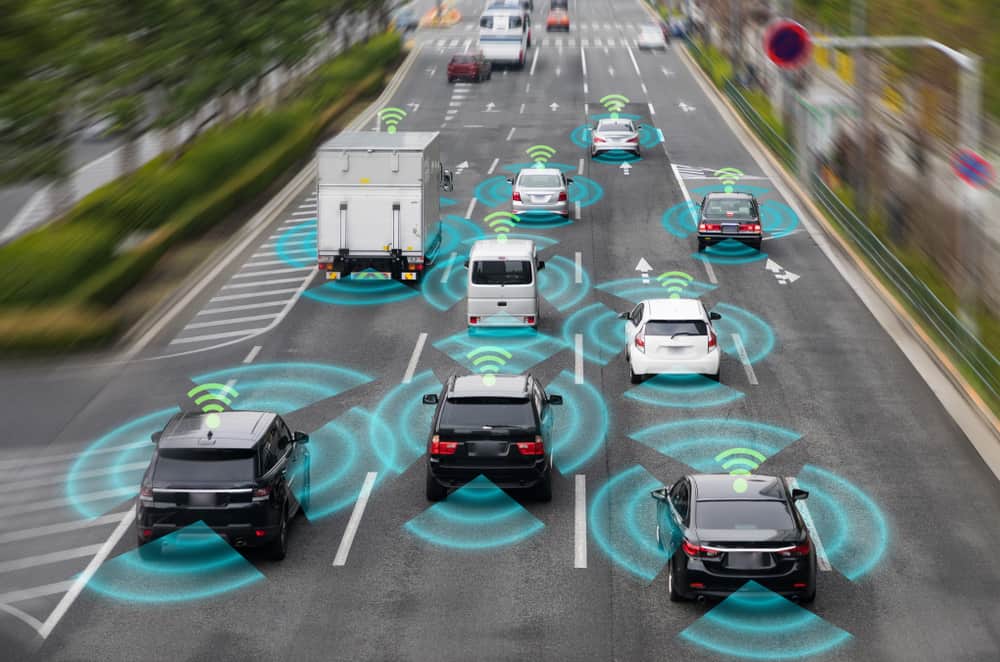The transportation of individuals and goods plays an important role in the economy.
The recent technological advancements in the development of autonomous vehicles (AVs) are predicted as the next revolution in mobility and the transportation sector. Autonomous driving is one of the most groundbreaking developments of our time and it will change the way we think of cities, roads, parking, commuting and ownership. Also, it will generate new kinds of business models.
According to the U.S. Department of Transportation’s National Highway Traffic Safety Administration (NHTSA), 94% of car crashes can be attributed to human error. Road safety agencies and automotive OEMs are focusing on self-driving cars that curtail road accidents and fatalities. In the case of trucks, along with safety improvements, self-driving features can reduce operational costs.
Emerging market factors, such as growing competition in the e-commerce sector, are putting pressure on the traditional logistic sector.
E-commerce has witnessed exponential growth in the last ten years, and as a result of this, road traffic has increased. The competition in the e-commerce sector has led to improvements in the speed of product delivery and a reduction in shipping costs in the logistics sector.
The adoption of self-driving features in trucks is on the rise, and many truck OEMs are offering partial self-drive features such as cruise control, emergency braking, lane departure warning system, and collision avoidance system. Today, a majority of the trucks across the globe are driven by human drivers, and there is very limited technology available to track the safety of the goods and speed of the delivery. To overcome these challenges, truck OEMs and fleet owners are installing telematics systems to track the shipment and assets. These systems are extra and increase operation costs, but as autonomous driving technology adoption increases, the telematics service might become part of autonomous driving packages and may bring down costs.
An Overview of Automation Levels
LEVEL 0 – No Automation: Fully operated by humans.
LEVEL 1 – Driver Assistance: The vehicle is controlled by a human with a driving assistance feature to help with steering and acceleration/deceleration.
LEVEL 2 – Partial Automation: Human control is reduced with an automated system that controls steering and acceleration at the same time.
LEVEL 3 – Conditional Automation: Humans will respond and intervene whenever needed, but at all other times the vehicle is controlled by an automated system.
LEVEL 4 – High Automation: In defined areas/environments, performance of the vehicle is fully controlled by an autonomous driving system.
LEVEL 5 – Full Automation: In all areas/environments, performance of the vehicle is fully controlled by an autonomous driving system.




